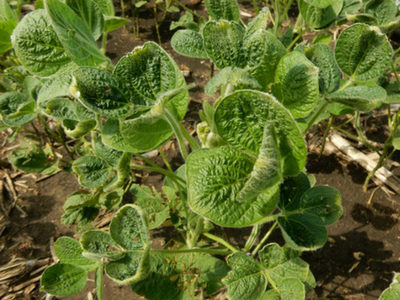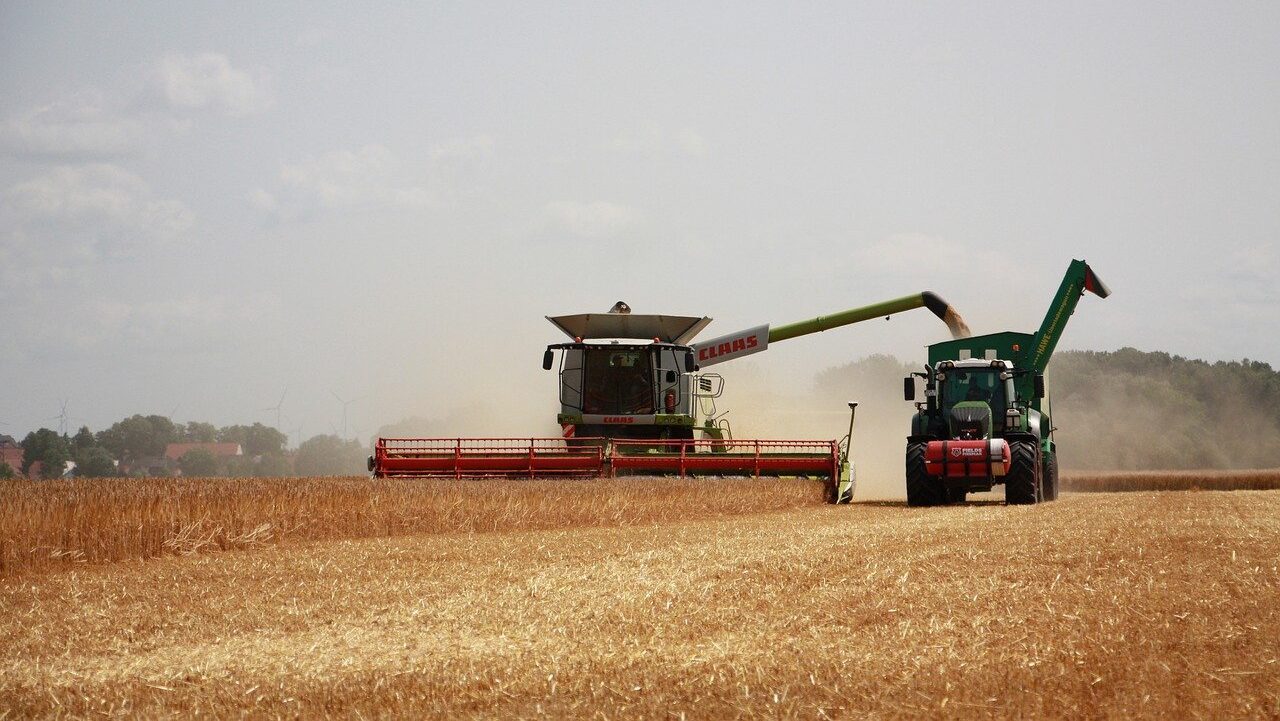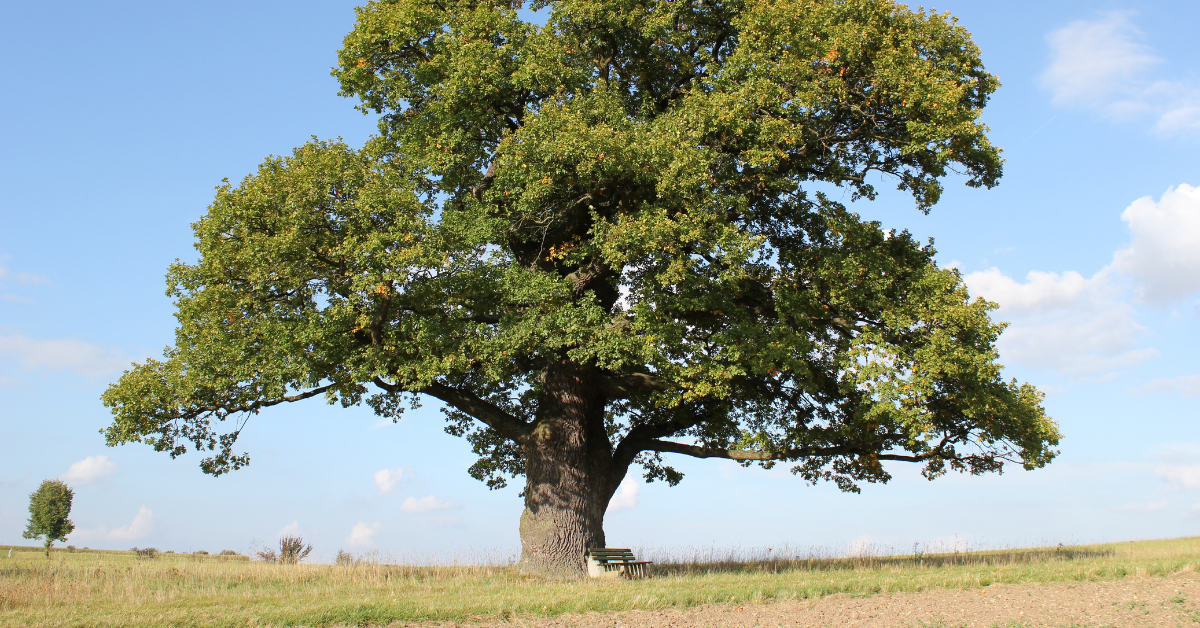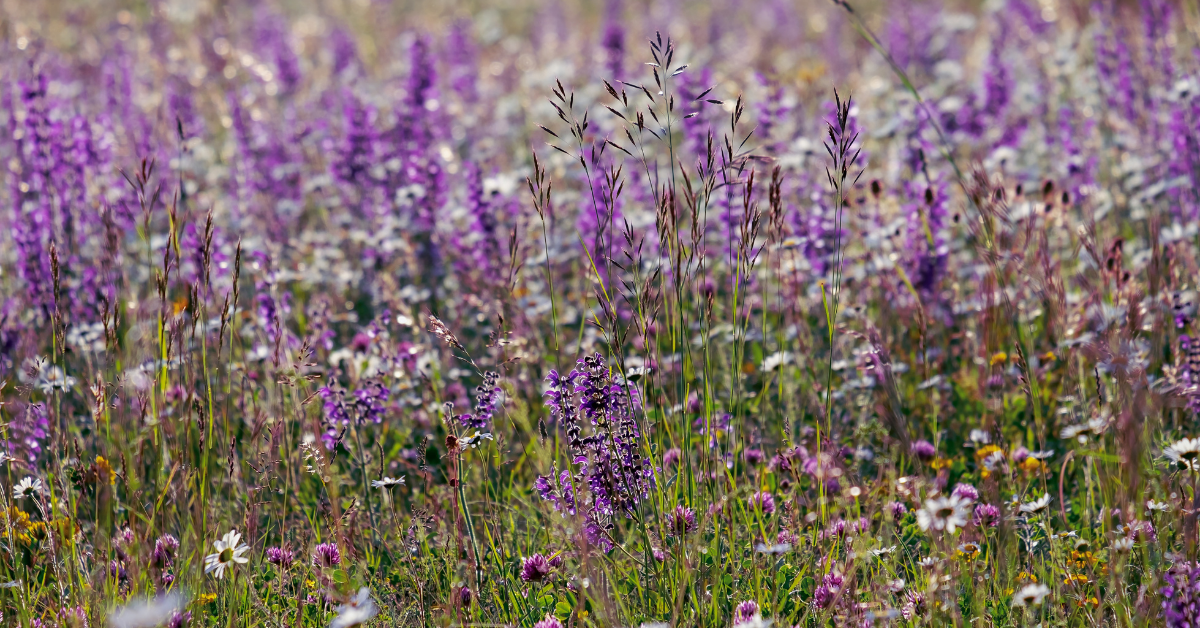 Catholic Rural Life has followed media reports about the growing controversy surrounding the herbicide dicamba. This weedkiller has been around for decades, but biotech companies are now selling new soybean and cotton varieties that have been genetically altered to tolerate it.
Catholic Rural Life has followed media reports about the growing controversy surrounding the herbicide dicamba. This weedkiller has been around for decades, but biotech companies are now selling new soybean and cotton varieties that have been genetically altered to tolerate it.
The problem, according to reports, is that dicamba doesn’t always stay where it is supposed to. Crops not engineered to tolerate dicamba are suffering damages if planted in the path of the drifting herbicide. Read more about the dicamba dilemma here.
A class-action lawsuit by farmers affected by the alleged drifting of the herbicide has been filed in a federal court in St. Louis. The agribusiness and chemical companies associated with the herbicide — Monsanto, BASF, DuPont and Pioneer — are named as defendants in the case. Read more about the lawsuit here.
Damaged Acres Keep Increasing
According to an Aug. 15 article in the St. Louis Post-Dispatch, scientists tracking dicamba damage released new data that show the controversial weedkiller’s suspected footprint widening significantly, especially across the Midwest.
The data, compiled by a plant scientist at the University of Missouri, now show complaints about the herbicide’s off-target movement have been made in 21 states, in a broad area stretching from North Dakota to Georgia.
Estimates from state extension weed scientists show suspected dicamba damage has affected at least 3.1 million acres of soybeans overall — an area approaching the size of Connecticut. The St. Louis Post-Dispatch further reports:
“Beginning this growing season, new formulations of the weedkiller were available for use with cotton and soybean seed varieties genetically engineered to tolerate the chemical. Though the new forms of dicamba are supposedly less prone to vaporizing and drifting off target than old varieties, experts say their widespread use and continued concerns about volatility have fueled this year’s eruption of complaints.”
The article concludes by noting that the ultimate effect any dicamba damage will have on yields and on farmers financially cannot truly be quantified until harvest time. Other reports note that some of the injured soybeans may recover and produce a normal-size harvest; others probably will not. Some fields have been hit by drifting dicamba multiple times.
To Ban or Not to Ban?
 Some farmers are pushing for a ban on dicamba spraying. “This technology cannot be allowed to exist,” an Arkansas farmer says in the St. Louis Post-Dispatch article. “It cannot co-exist with other crops.”
Some farmers are pushing for a ban on dicamba spraying. “This technology cannot be allowed to exist,” an Arkansas farmer says in the St. Louis Post-Dispatch article. “It cannot co-exist with other crops.”
If every farmer bought Monsanto’s dicamba-tolerant soybeans, then their crops all would be safe. But why should everybody have to plant this one kind of soybean? And what about vegetable growers, fruit growers and other kinds of producers?
Nevertheless, farmers who have bought dicamba-tolerant seeds want to use the chemical; they have argued for their right to spray dicamba, according to media reports.
Earlier this summer, Monsanto’s head of crop protection, in an interview posted on CropLife, an industry website, said that farmers were still learning how to use dicamba safely. The current problems are “just part of the learning curve.”
[See Monsanto’s letter to farmers.]
An online Insurance Journal article reports that while farmers typically look to federal crop insurance for a myriad of issues, problems with dicamba aren’t covered. A farm insurer in Bloomington, Illinois, has seen an increase in the number of dicamba-related inquiries, but an Illinois farmer quoted in the article says he’s not confident his insurance coverage will pay out.
So where does the Church stand on this issue? Part II will address the Church’s stance according to Pope Francis’ Laudato Si’.
—Robert Gronski is a Consultant for Catholic Rural Life. He tracks policy perspectives on food, farm, environmental, and rural community issues and helps frame these within the perspective of Catholic Social Teaching.















